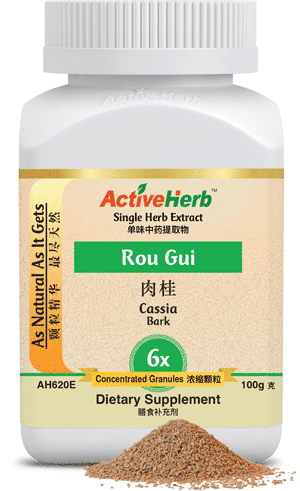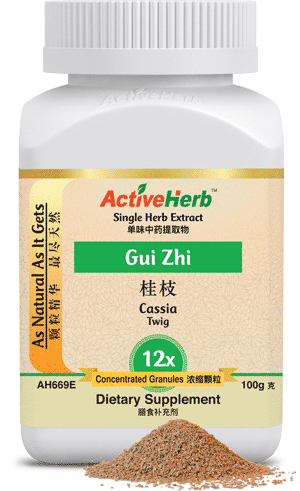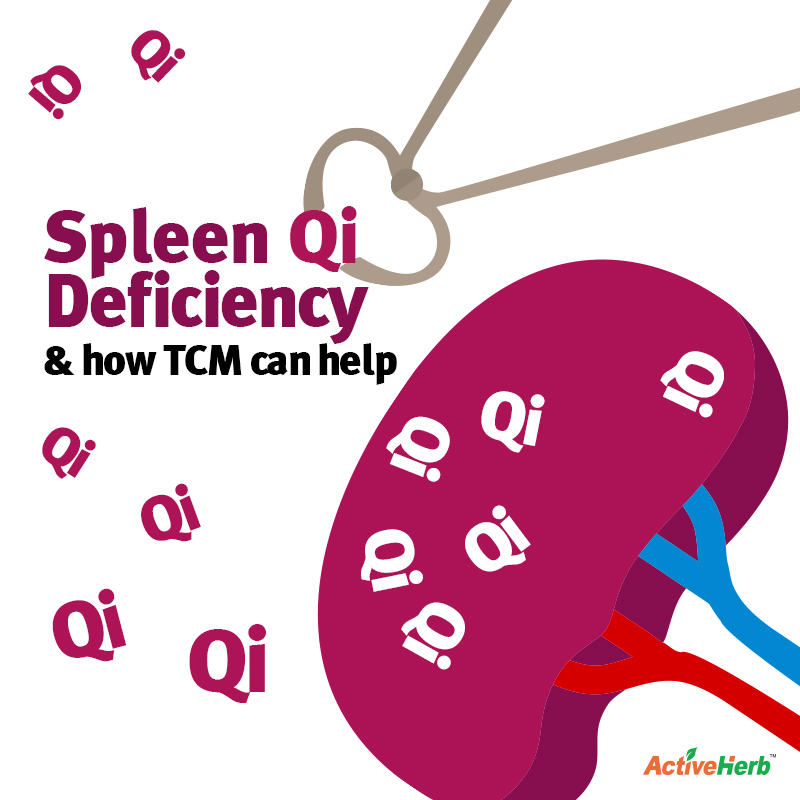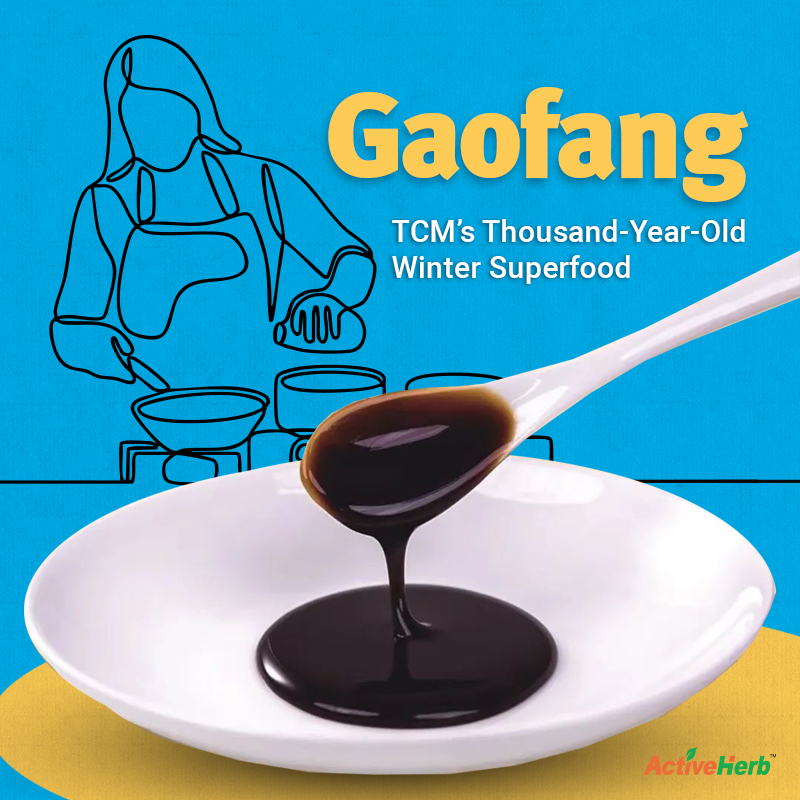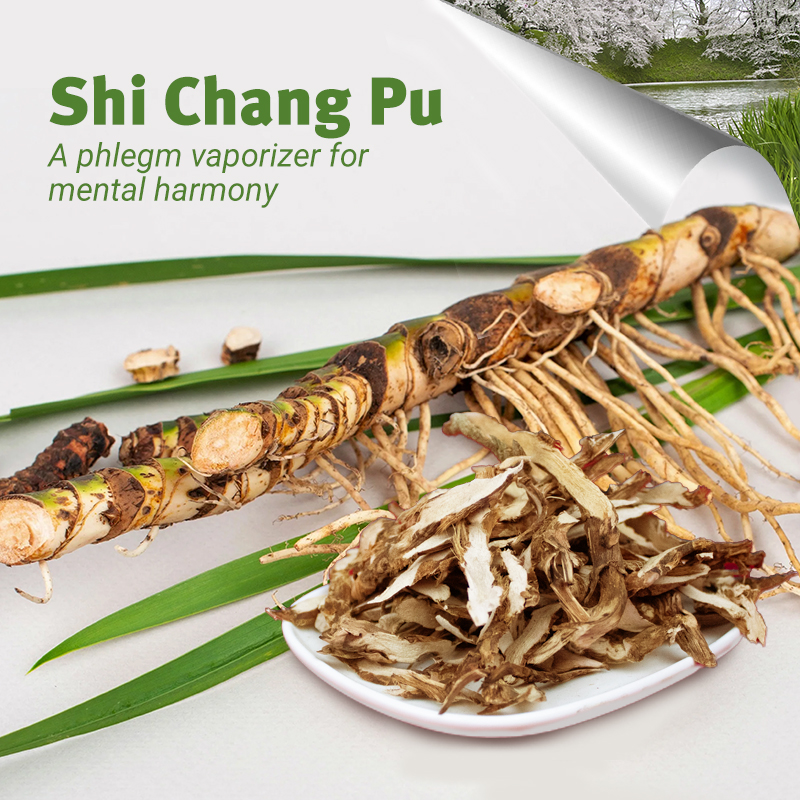Cinnamon Uses In TCM: Beyond The Sweet & Spicy
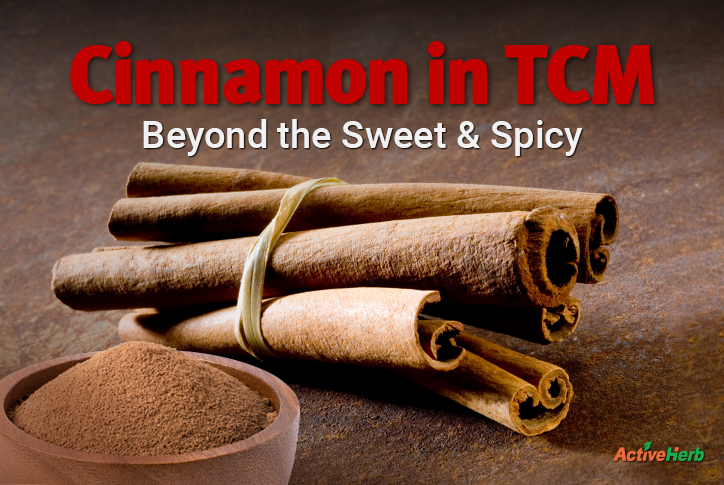
When you think of cinnamon, what comes to mind?
Perhaps something to sprinkle on oatmeal so that it doesn’t taste like lumpy wallpaper. The sweet, earthy and pungent taste profile makes cinnamon a widely popular spice. It’s a magical substance that can make even plain oatmeal palatable.
But now it’s time for a cinnamon makeover—based on the ancient wisdom of TCM. In TCM, cinnamon is regarded as one of the best Yang tonics. That means if you’re somebody who always runs cold even when it’s warm outside, cinnamon may help.
But before you add cinnamon to your cart, did you know there are 2 different kinds of cinnamon used in TCM? We’ll get to that later. But first…
Cinnamon In Ancient TCM
Centuries before the first cookbooks were published in medieval Europe, cinnamon was being used in the Far East as a medicinal, culinary herb.
Roughly a century before Christianity became the official religion of Rome in 323 AD, the “Shang Han Lun” was published, making it one of the oldest medical textbooks on record. Roughly translated as the “Treatise on Cold Damage Diseases,” this clinical compendium prominently mentions Gui Zhi (cinnamon twig) in the introduction of herbal formulas.
Cinnamon also appears in the Shen Nong Bencao Jing (Shennong’s Materia Medica) roughly around the same time as “Shang Han Lun.” In the Shen Nong, regarded as China’s earliest materia medica, cinnamon is said to be one of the few herbs that have the ability to support mental function while also fortifying one’s spirit.
Ancient TCM philosophers and physicians regarded Gui Zhi as an herb with the greatest potential to invigorate Yang Qi. It’s cinnamon’s special blend of sweet and spiciness that eliminates excessive Yin (cold) Qi and stagnation from the body.
Anybody who has to endure long winters in the Upper Midwest or Northeast can appreciate this action. Interestingly, native cassia twig cinnamon (Gui Zhi) only grows in southeastern China, where the climate is much warmer (Yang).
What is Cinnamon Used For In TCM?
For symptoms related to the common cold
In TCM theory, cinnamon is used to drive external Cold evils from the body. If you’re not sure what that means, just think of the common type that makes you have to blow your nose every minute.
For circulation
Cinnamon enters the Heart, Lung, and Bladder meridians. What does that mean for your health? If you’re feeling sluggish and stiff, cinnamon may help. This is because cinnamon supports the circulation. In fact, research studies (like this one), support the ancient use of cassia cinnamon (Gui Zhi) for invigorating Blood.
Relieves Discomfort
Cinnamon is one of the most time-tested herbs in all of TCM for Kidney Yang Deficiency. If there’s one TCM organ that’s associated with the aging process it’s the Kidneys.
Of course, for a healthy aging process, all TCM organs must operate with Yin and Yang balance. However, it’s the Kidneys that store Jing (Essence). Jing controls the body’s growth, and development, not just in the early stages of life but throughout your lifetime. In addition, Jing promotes the transformation of blood, which is vital for healthy circulation.
But when you have Kidney Yang Deficiency, you’ll feel it where the physical kidneys are located, i.e. the lower back.
By serving as a potent Yang tonic, cinnamon may help support how your lower back feels. In addition, it may also help support the neck, shoulders and head.
Other Cinnamon Uses in TCM
In TCM, cinnamon is also used to stimulate appetite; support normal blood sugar levels, eliminate cold stagnation associated with the menstrual cycle; improve skin complexion; and calming the nervous system.
Novel Uses for Herbalists and Acupuncturists
The overprescribing of antibiotics is a modern phenomenon in medicine. Of course, antibiotic medications were not a health concern in the ancient Orient. But we can apply TCM theory to help overcome antibiotic-related patterns. And cinnamon may be at the forefront of this strategy.
For instance, antibiotics are very Yin in nature and can thus rob the body of warming Yang energy. Acupuncturists and herbalists may choose to use cinnamon (or a formula that includes it) if a patient’s intake form reveals a long history of antibiotic usage. Low energy, a weak immune system, poor circulation and adult-onset allergies may all manifest because of Yang deficiency.
2 Cinnamons In TCM
For hundreds of years, Gui Zhi—which is commonly paired with Poria root, aka Fu Ling—was the sole cinnamon on the block. Then, roughly 500 years after Gui Zhi was mentioned in the Shennong Materia Medica, a new cinnamon appears: Rou Gui.
Rou Gui (Cortex Cinnamomi) is the thick, bark pieces of the cinnamon tree. Older and more mature than Gui Zhi, Rou Gui is much hotter to the body than Gui Zhi. Thus, it’s used in more extreme cases of Yang deficiency, especially in elderly people. Rou Gui is warming to the Kidneys, Spleen and Heart, and may help people that have weak constitutions.
Essentially, you can think of Rou Gui as Cinnamon “extra strength” whereas Gui Zhi is regular strength. Rou Gui has a heavier action on the body and tends to anchor its energy in the Kidneys. Gui Zhi, on the other hand, spreads out more lightly through the body. The physical nature of the two different cinnamons represent these actions. The bark of Rou Gui is heavy. Gui Zhi, meanwhile, consists of lighter dispersing branches.
Who Should Avoid Cinnamon?
If you have high blood pressure or are pregnant, you should consult with your doctor or TCM expert.



